I was the first Black female pilot in the US Air Force, and captained a commercial jet for 30 years. Some people still questioned if I was qualified to fly.
Captain Theresa Claiborne signed up to the Air Force in 1980, and later worked as a captain for United Airlines.
She was below the height requirement and the first Black woman recruited to the Force.
Claiborne spoke to Business Insider about the hurdles she faced and why piloting is a great career.
This as-told-to essay is based on a conversation with Captain Theresa Claiborne, the first Black female pilot in the US Air Force and a captain at United. The following was edited for length and clarity.
I had spent my younger days bouncing all over the world because my father was in the military. But life felt so stationary when we returned to the States.
During college, I applied to the Reserve Office Training Corps (ROTC) in Berkeley. During the six-week training camp, they took us up on a T-37 [a small training plane made by Cessna].
Flying a plane is freeing. It's this amazing feeling of control but no control.
I decided right then: I wanted to be a pilot.
The hardest period of my life
In 1980, the Air Force only had 10 slots for women per graduating class, and they had already been filled for the year.
But halfway through my junior year, they came back and said the women seemed to be graduating at the same rate as the men, so the allotment was increased to 30.
I flew out to Laughlin Air Force base in Texas to start pilot training.
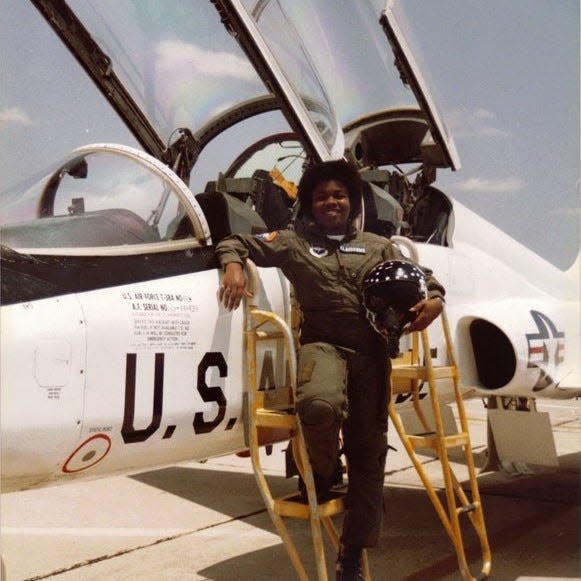
It was daunting in a lot of ways.
Unlike a lot of people in my class, I didn't have prior flying experience. And when you're in training, flying is a lot like a loop-the-loop on a roller coaster… but I'm not one for roller coasters.
So I was just trying to get the task done and not be fearful all the time.
In high school, my teacher said it was fine for me to be bad at Math because I could do English. But in training, everybody knew the instructors' formulas, and I didn't.
So when my classmates were out having a good time on the weekends, I was back at the dorm studying. It was probably the hardest period of my life that year. I was lonely.
I almost didn't make it to that point because I was short. You are supposed to be five feet four inches, and I was five feet two inches. For my entire career, I've had to stand on the balls of my feet when I was measured.
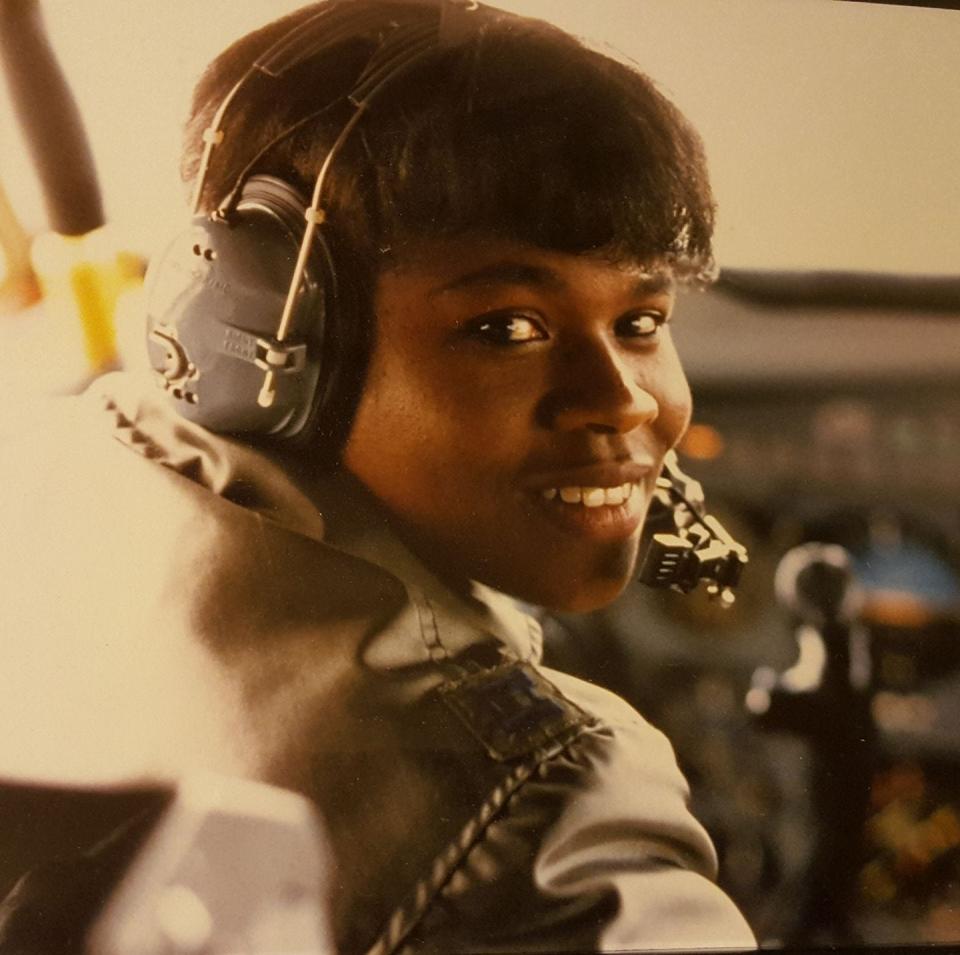
I only found out I was the first Black woman in the Air Force a couple of weeks before I graduated when a friend from ROTC mentioned it.
Looking back, that was lucky. I was only 22. It would have been too much pressure for someone my age to carry my gender and race together.
Just do the work
Being the only person who looked like me created challenges. A lot of it was very subtle. But you could just feel it — people looking at you and thinking, "OK, she's here."
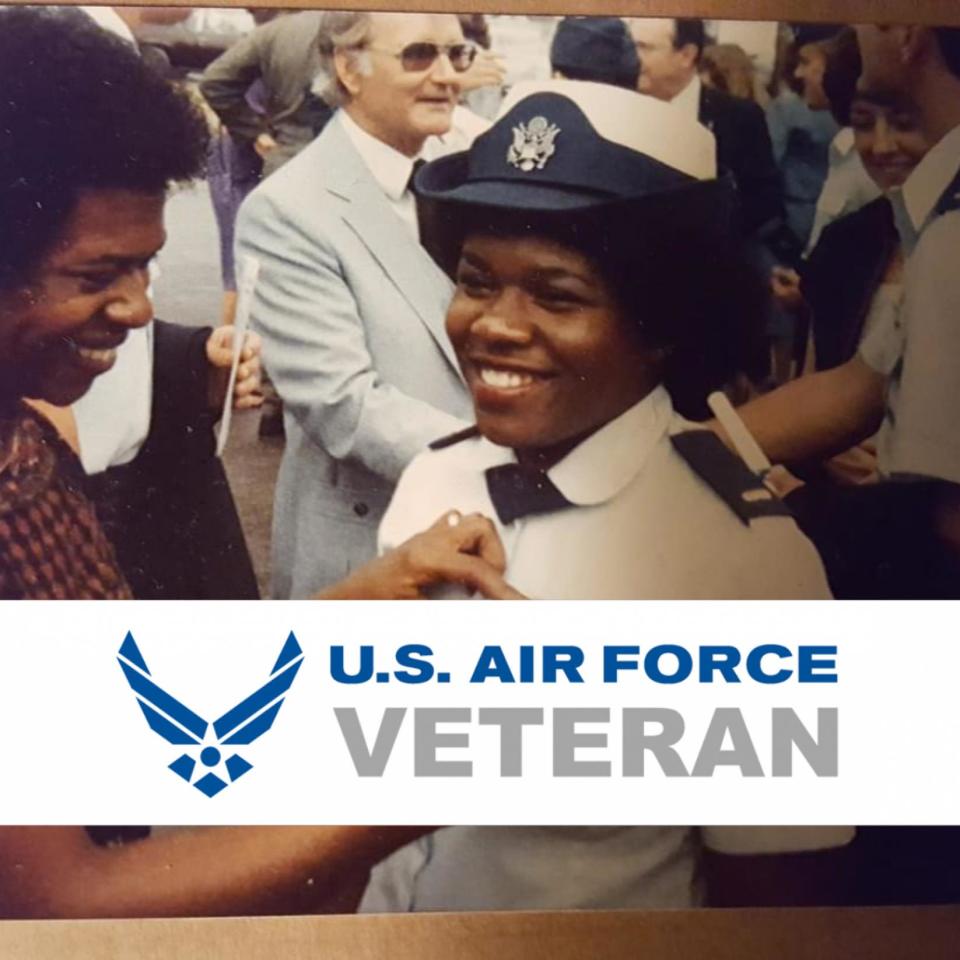
Entering active duty in the Air Force, I did feel the pressure.
If I didn't do well, then when people see another person that looks like me, what will they think?
My attitude was always to do the work and get an A. Don't allow someone to have a subjective opinion that either puts you there or denies you something.
But who's to say that through those years, there were people who did not give me a break because of what I looked like?
There was one evaluation I remember well. It was deemed that I didn't put anti-ice on quickly enough. That's not what I saw. But how do you say that decision was because I'm this or that? You don't know.
After that, there was only one time I didn't 100% pass the check.
Commercial pilots are qualified
After seven years I left active duty and joined the reserves. In 1990, I started working as a commercial pilot for United.
My routes were on a Boeing 757 out of Newark, mostly heading to Cape Town, Johannesburg, Tel Aviv, and Delhi.
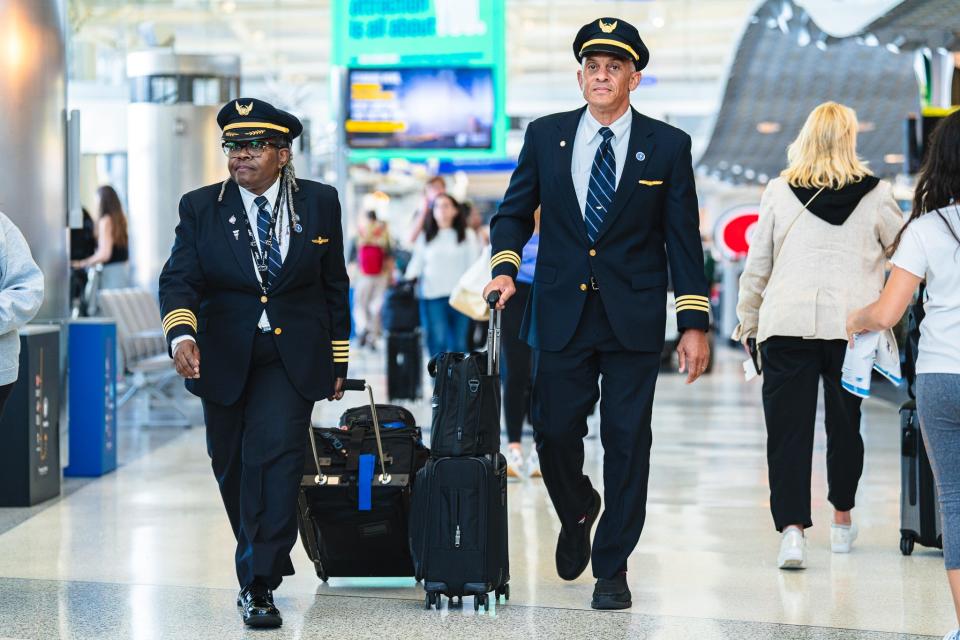
In order to be a pilot, you have to be perseverant and a go-getter. You also need a thick skin because, believe it or not, there are still people who believe that we have no business flying airplanes.
There's a lot of noise out there about DEI and pilot qualifications.
People have said, "If I walk up to an airplane and there's a Black pilot, I will get off the airplane."
I've been stopped by passengers after I use the restroom and reenter the flight deck. Once, when I asked a passenger to let me by, he looked at me and said, "What for?"
"Because I'm your pilot," I replied.
The look on his face was like "No, you're not." It's happened multiple times.
Sometimes, even the agents working at my own company have automatically tried to put me in the flight attendant jump seat.
I wish there were magic words to be said, but I think it's almost one pilot at a time, one person at a time. Companies have started enforcing some rules, and HR is stepping in to make the unions handle some of these situations.
Flying internationally is hard on your body
Any time you're in the air for 15+ hours, then on the ground for 24 hours, and then back up again for 15 more, it takes a toll on your body. It was time for me to hang it up.
I flew my last large commercial airplane back from Lisbon this May.
It was a proud moment. I've flown incident-free and accident-free across all these years, and I have strong shoulders that many, many, many women are standing on.
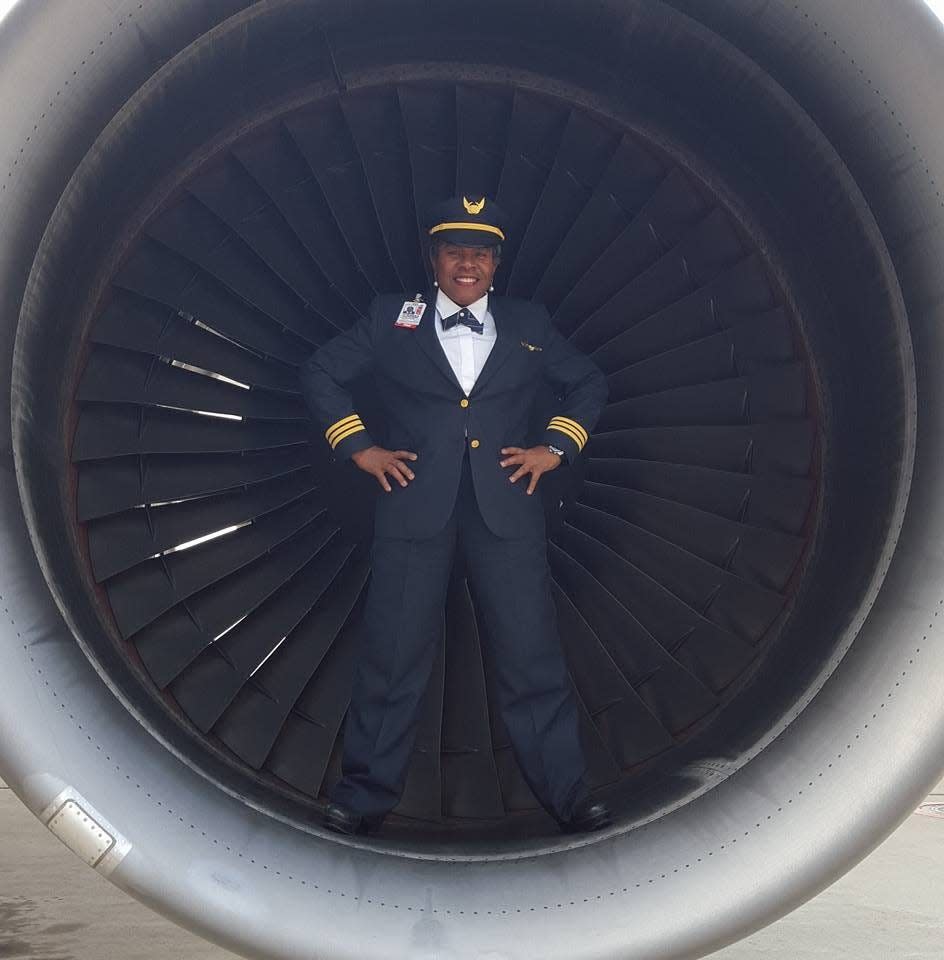
I'm going to miss walking through the airport in my uniform and being able to hand out wings to little kids. Their eyes just get big.
It's funny how they know the difference between a pilot and someone else. They don't look through colored glasses. They just see someone in the hat and know that's a pilot.
Increasing diversity
The reports say that women are about 5% to 6% of the airline pilot population. And the number of Black women is even smaller.
Women can be pilots and have a family, the same way the guys do.
I've become involved in organizations like Women in Aviation and Sisters of the Skies to ensure more little girls know this is a real career.
We introduce young women between the ages of 10 and 18 to aviation and take them up in an airplane flown by a woman who looks like them.
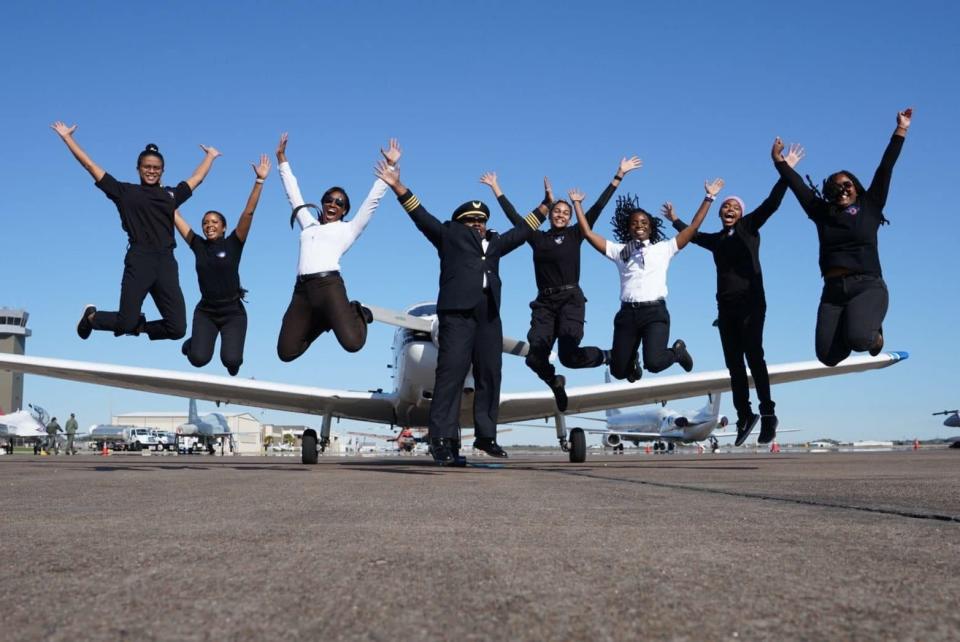
By the time they land, they're smiling wide from ear to ear.
Not everybody is meant to be a pilot, but we want them to know that if they assert themselves, they can be whatever they want.
I tell the young ladies I mentor the same thing I told myself: be so good that they can't say you're not good.
If that's what you really want to do, be the best.
Read the original article on Business Insider

